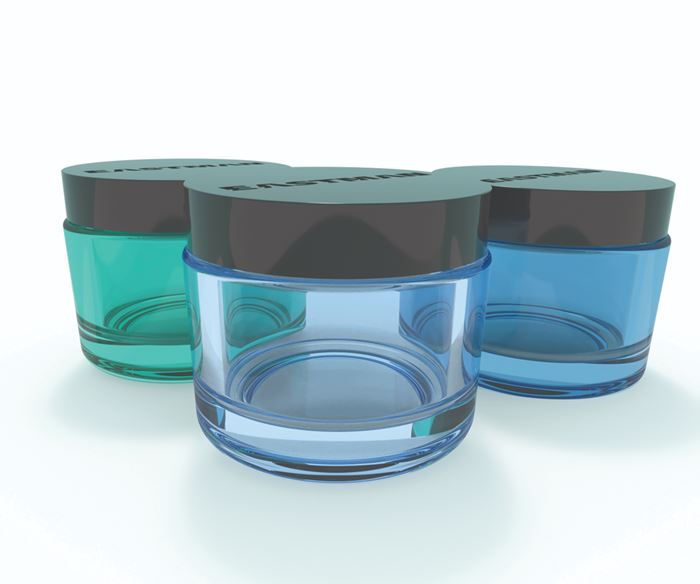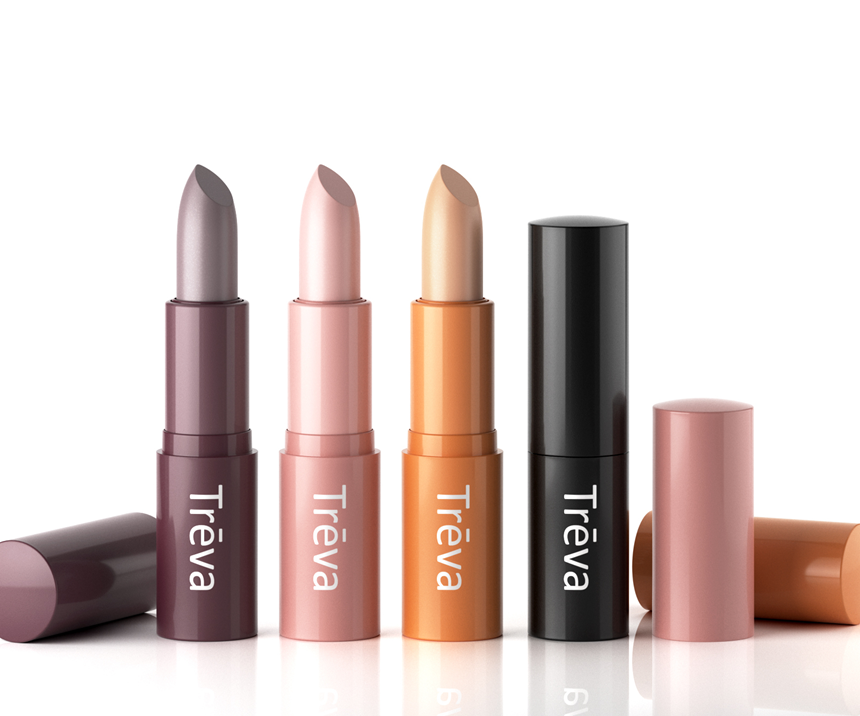Materials: Recycle Content Copolyesters for Cosmetic Cases
Eastman’s new copolyesters demonstrate circular economy credentials to the cosmetics sector.
Two new recycle content specialty copolyesters from Eastman Chemical, Kingsport, Tenn., demonstrate the company’s commitment to the circular economy. The unveiling of the “sustainable transformation” of the company’s cosmetics materials portfolio is taking place at Luxe Pack Monaco, Sept. 30 -Oct. 2.
These new sustainable materials will participate alongside The Glass Polymer family of cosmetic materials in the circular economy via Eastman’s recently announced unique recycling technology loops: mechanical recycling stream technologies, carbon renewal technology and advanced circular recycling.
▪ Eastman Cristal Revēl copolyester contain between 15 and 50% post-consumer recycled PET. This material is compounded with proprietary combinations of virgin copolyester, giving customers a range of performance, aesthetic and sustainability options. Additionally, most of these products are compatible in the PET recycle stream, enabling brands to “close the loop” via an existing and familiar recycling infrastructure.
▪ Next-Generation Eastman Trēva cellulose acetate propionate (CAP) engineering bioplastic is chemically and aesthetically identical to the first generation thanks to Eastman’s chemical recycling process, carbon renewal technology. The only difference is the second generation contains 23.5% certified recycled content.
Carbon renewal technology (CRT) is a chemical recycling technology that diverts mixed plastic waste from the landfill and converts it to simple molecular components that are then reintroduced in the production of a variety of Eastman products, including Trēva..
Advanced circular recycling (ACR) is a chemical recycling process leveraging methanolysis to introduce a mix of polyester waste, including colored PET and Eastman copolyesters, to produce virgin-like materials. Utilizing ACR, innovative products within The Glass Polymer family of cosmetic materials, such as Eastman Cristal EV600, will incorporate high percentages of recycled material with zero drop-off in performance, safety or aesthetics.
Mechanical recycling stream technologies and CRT are currently operational for scaled capacity, with full-scale operations expected for ACR within 24-36 months.
Related Content
-
Why (and What) You Need to Dry
Other than polyolefins, almost every other polymer exhibits some level of polarity and therefore can absorb a certain amount of moisture from the atmosphere. Here’s a look at some of these materials, and what needs to be done to dry them.
-
Commodity Resin Prices Flat to Lower
Major price correction looms for PP, and lower prices are projected for PE, PS, PVC and PET.
-
Prices of Volume Resins Generally Flat or Lower
Exceptions in early March were PP and PS, which moved up solely due to feedstock constraints, along with slight upward movement in PVC and PET.

















